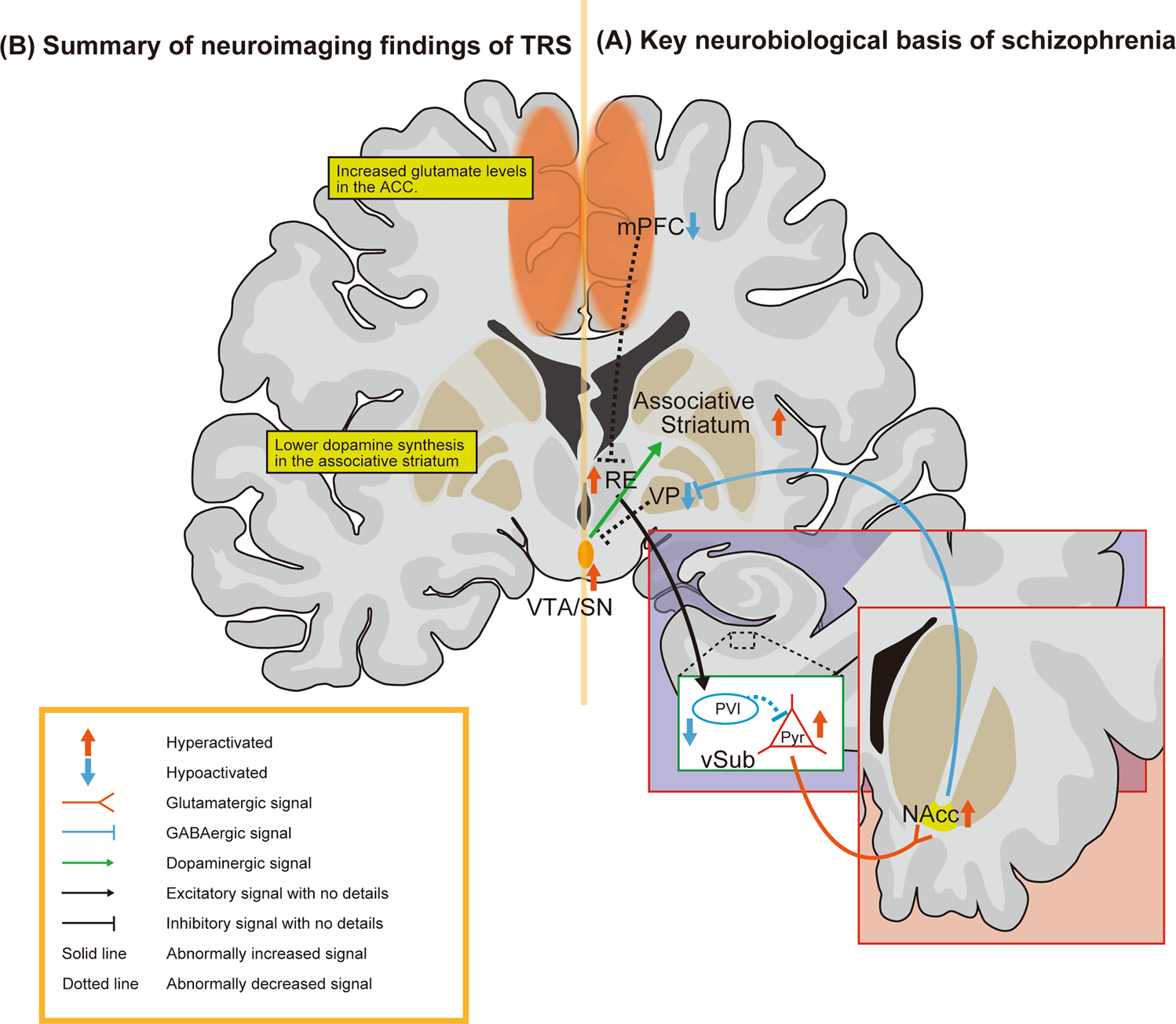Explore the world of cost-effective dopamine techniques and uncover the potential pitfalls. Dive into global statistics revealing the true impact on mental health.
In a world constantly seeking instant gratification, the pursuit of dopamine has become an integral part of our daily lives. From the simplest pleasures to the more elaborate experiences, the quest for this neurotransmitter shapes our behaviors and choices. However, what happens when the pursuit takes a frugal turn, and individuals resort to the cheapest dopamine techniques? This comprehensive exploration delves into the methods, statistics, and the often-overlooked disadvantages associated with these approaches.
Unveiling the World of Dopamine
The Neurochemistry Behind It All
Before delving into the cheapest dopamine techniques, it's crucial to understand the neurochemistry at play. Dopamine, often dubbed the "feel-good" neurotransmitter, plays a pivotal role in motivation, reward, and pleasure. However, the intricacies of its release and reception in the brain lay the foundation for the exploration ahead.
The Cheapest Dopamine Techniques
1. Social Media Scrolling
A ubiquitous choice for many, social media offers a quick dopamine fix. However, the repercussions on mental health and well-being are often underestimated.
2. Junk Food Binging
Indulging in unhealthy snacks triggers dopamine release, creating a momentary sense of pleasure. Yet, the long-term effects on physical health and mood are profound.
3. Online Shopping Thrills
Bagging a deal or finding a discounted item online can be exhilarating, but the financial aftermath may not be as rewarding.
4. Binge-Watching Marathons
Streaming platforms provide endless entertainment, but the consequences on productivity and sleep patterns are noteworthy.
5. Gaming Escapades
Video games offer a virtual world full of challenges and rewards, but excessive gaming can lead to social isolation and adverse health effects.
The Disadvantages Unveiled
1. Mental Health Implications
Statistics from global studies reveal a concerning rise in mental health issues linked to the reliance on cheap dopamine fixes. Anxiety, depression, and attention disorders are on the ascent.
2. Impact on Productivity
While these techniques provide momentary pleasure, they often lead to a decline in productivity, hindering personal and professional growth.
3. Financial Fallout
The pursuit of cheap dopamine can take a toll on finances, leading to impulsive spending and long-term economic consequences.
4. Social Isolation
Excessive reliance on individualistic dopamine activities may contribute to social isolation, impacting relationships and overall well-being.
Global Statistics: A Reality Check
A deep dive into global statistics sheds light on the prevalence of cheap dopamine techniques and their associated challenges. Comparative studies across cultures and demographics offer a nuanced understanding of the widespread impact.
Navigating a Balanced Dopamine Landscape
As the pitfalls of cheap dopamine techniques become evident, it's crucial to explore healthier alternatives. Strategies for cultivating a balanced dopamine landscape, incorporating mindful practices, and fostering genuine connections are explored in-depth.
The Road Ahead: Striking a Balance
In conclusion, while the allure of cheap dopamine techniques is undeniable, the hidden costs cannot be ignored. As we navigate this intricate landscape, it's imperative to strike a balance between indulgence and moderation. The pursuit of genuine joy and satisfaction lies not in the cheapest fixes but in a holistic approach to well-being.
Cheapest Dopamine Techniques: Unveiling the Natural Mood Boosters
Embrace the Power of Physical Activity: Exercise is a potent dopamine releaser, offering a plethora of benefits beyond physical fitness. Engaging in regular physical activity, whether it's brisk walking, cycling, or dancing, can significantly enhance your dopamine levels, promoting feelings of euphoria, reducing stress, and combating fatigue.
Sunshine's Dopamine Boost: Sunlight exposure is a natural stimulant of dopamine production. Stepping out into the warm embrace of the sun, even for a brief period, can trigger a dopamine surge, elevating your mood and promoting alertness.
The Melody of Music: Music has a profound impact on our emotions, and research suggests that listening to upbeat, enjoyable music can effectively increase dopamine levels, leading to feelings of happiness and reduced stress.
The Art of Mindfulness: Mindfulness practices like meditation and deep breathing can effectively regulate dopamine levels, promoting relaxation, reducing stress, and enhancing overall well-being.
The Culinary Connection: Certain foods, particularly those rich in tyrosine, an amino acid that plays a role in dopamine production, can act as natural mood boosters. Include lean protein sources, nuts, seeds, and avocados in your diet to support dopamine synthesis.
Disadvantages of Artificial Dopamine Boosters
While natural dopamine boosters offer sustainable mood enhancement and overall well-being, artificial stimulants like sugary snacks, excessive social media use, and substance abuse can lead to a temporary dopamine rush followed by a crash, potentially contributing to addiction and long-term negative consequences.
Global Statistics: The Dopamine Landscape
The pursuit of dopamine-driven experiences has become increasingly prevalent in modern society, as evidenced by the global rise of social media usage, fast food consumption, and the prevalence of substance abuse. These behaviors, while initially providing a dopamine surge, can lead to a cycle of addiction and negative consequences.
According to the World Health Organization (WHO), an estimated 267 million people worldwide are affected by substance abuse, with alcohol being the most commonly abused substance, followed by opioids. Additionally, the global social media user base is projected to reach 5.34 billion in 2023, highlighting the pervasive nature of these dopamine-seeking behaviors.


:max_bytes(150000):strip_icc()/can-you-get-addicted-to-dopamine-5207433-ADD-Color-bcfbd83f2cc148aba1b2c0b130166ff8.jpg)










